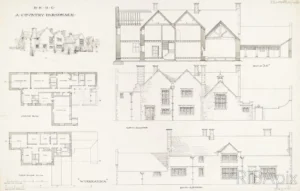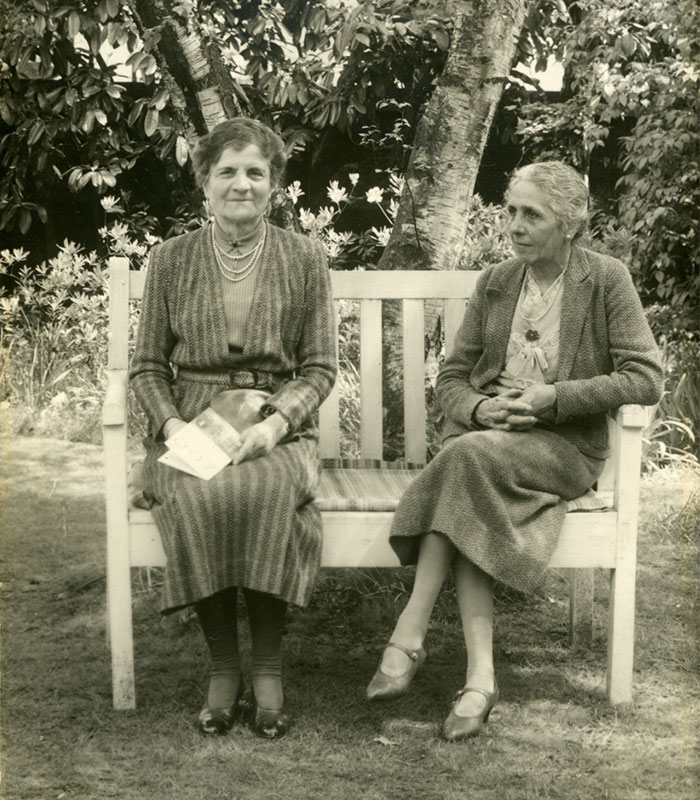In our ongoing “Women in Architecture” series, we turn our focus to Ethel Mary Charles, a pioneering figure whose name holds a special place in the annals of architectural history. As the first woman to gain admission to the Royal Institute of British Architects (RIBA) in 1898, Charles carved a path for future generations of women in a profession that was, at the time, an exclusively male domain. Her journey, marked by determination and resilience, showcases the kind of groundbreaking spirit that we celebrate at Optima®, where innovation and inclusion are part of our core beliefs.
Born in 1871 in Hertfordshire, England, Ethel Mary Charles and her sister Bessie Ada Charles were exposed to architecture at a young age, thanks to their builder father. Despite societal norms that relegated women to the domestic sphere, Charles’ ambition led her to pursue a career in architecture. She and her sister embarked on studies at the Architectural Association in London, though Ethel was the only one to pursue a professional qualification at RIBA.
The journey was fraught with challenges. Ethel faced resistance at every turn, from being barred entry to architectural schools to encountering opposition from male peers at RIBA. Nevertheless, her persistence paid off when she passed her exams and became the first woman member of RIBA, a landmark achievement that opened doors for women in the field.

Ethel Mary Charles’s professional journey was emblematic of the broader struggle for women’s rights and acceptance in the workforce. Working primarily on small projects, including cottages and village halls, she left an indelible mark on the landscape of rural England. Her designs, characterized by their thoughtful attention to detail and harmonious integration with their surroundings, reflect a deep understanding of and respect for the natural environment—a principle that resonates with Optima®’s commitment to sustainability and architectural excellence.
Charles’s work on laborers’ cottages in Essex stands as a testament to her skill and her dedication to serving the community. These projects not only showcased her architectural prowess but also her commitment to improving living conditions for the working class.
Ethel Mary Charles’ legacy extends far beyond her architectural contributions. By breaking through the gender barriers of her time, she laid the groundwork for future generations of women in architecture. Her membership in RIBA paved the way for other women, signaling a gradual but significant shift in the profession’s attitudes towards gender inclusivity.
Her story is one of inspiration and courage, highlighting the importance of perseverance in the face of adversity. Charles’s legacy is celebrated not only for her architectural achievements but for her role in challenging and changing the status quo.
At Optima®, we draw inspiration from visionaries like Ethel Mary Charles, whose pioneering spirit aligns with our own values of innovation, excellence, and inclusivity. Just as Charles navigated the challenges of her time with grace and determination, we strive to push the boundaries of design and architecture, creating spaces that inspire and uplift.
Her legacy reminds us of the importance of paving the way for future talents, irrespective of gender, and fostering an environment where everyone has the opportunity to excel. Ethel Mary Charles’s story is a beacon of progress, encouraging us all to pursue our passions with unwavering conviction.

